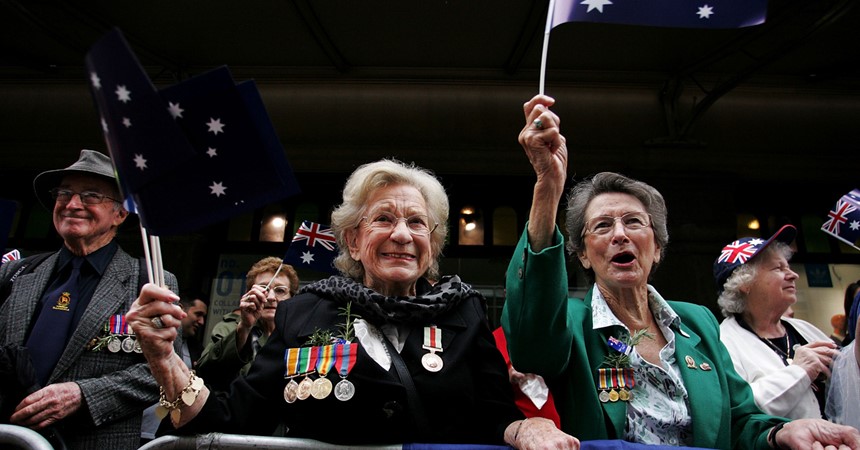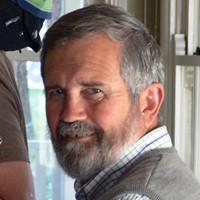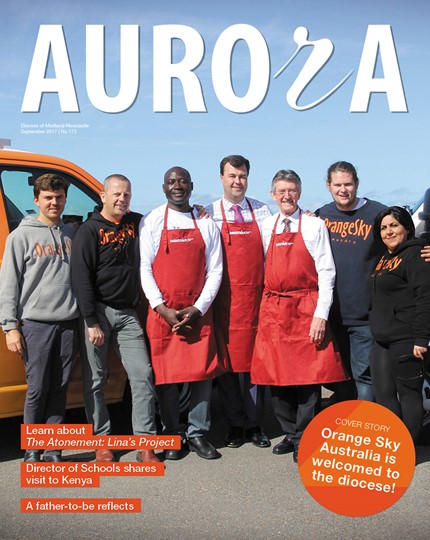Easter Sunday 1915 fell on 4 April, just 21 days before the Anzacs (with larger numbers of British, Empire (mainly Indian) and French troops) stormed ashore on the Gallipoli Peninsula. The 25th was to become what many describe today as the most sacred day in the Australian calendar. It has also become almost totally Australian. Even in 1916, there were complaints in the British press that the Gallipoli campaign had been wholly appropriated by the Australians with little recognition of the other nations involved. Be honest – how many of you know that when the second wave of Australians (including my grandfather in the 19th Battalion) landed north of Anzac Cove in August 1915 to try to get behind the Turkish lines, they were accompanied by large numbers of Gurkha troops who performed heroically, despite the poor planning and incompetent leadership of their English officers?
For most of the irreligious Anzacs, Easter Sunday was probably just another day. No doubt the poorly-appreciated padres tried to instil some moment into the day at the church parades but for many these may not even have happened. Most of the Second Division (5th, 6th, 7th and 8th Battalions), for example, was on the march between Cairo and Alexandria to await embarkation prior to the landing. I suppose some may have thought that Easter Sunday was an appropriate day to be delivered from the hell of dust, heat, poor food, drudgery, boredom and endless repetition that made up their days in Egypt but most probably didn’t give a toss and were just keen to get at the enemy.
Even before the Anzacs landed, the Churches in Australia (mirroring those of all participating nations on both sides) saw the war as a Holy War. As Michael McKernan points out in his book, The Australian People and the Great War, the clergy was one of the few educated groups in Australia and, with teachers, the ones with the closest relationship with the largest number of people – adults in particular. They could have analysed and examined the war, but did not, immediately surrounding it with religious and divine significance. They called the Australian people to arms and to prayer, seeing the war as an agent to cleanse Australia of its vice and irreligion. After the landing, they were even more enthusiastic and supported the quickly emerging tradition of seeing it in a semi-Easter light. There was the sacrifice of death and destruction, the seeming “uselessness” of the sacrifice, the birth (resurrection) of Australia as a nation, the purity of the victims, the perfidy of the enemy, and the “liturgy” of the remembrance of the event (Anzac Day).
The Catholic Church was a little more circumspect before the Irish Easter 1916 uprising, and even more so after, but it too saw that it might deliver practical and pragmatic benefits (school support, more integration, less sectarianism etc) if its adherents enlisted with the same enthusiasm. This was quickly dashed by a hardening of the sectarian strains around Easter 1916 and the Conscription referenda. Many prominent members of the clergy very early began to question the whole notion of a Holy War and equally avoided any parallels between Anzac and Easter. While they remembered their dead, they did not enthusiastically join the Anzac Day tradition where the Protestant Churches dominated the rituals.
This developed sacred scenario was slow in maturing, however. Anzac Day has not been a big affair for most Australians until fairly recently. It took a while for it to get started in Australia and initially was seen as a day for the troops. They could gather in their original units, remember their dead, have a march, drink (a lot), reminisce and relive the excesses of their enlisted life. It was often synonymous with brawls, drunkenness, lost wages and domestic abuse. It was only as the diggers aged and the numbers started to dwindle that many others sought ways to keep the ritual going. It was bowdlerised of many of its worst features (especially in the ‘50s) and the “sacred” was instilled.
This is not to deny that Anzac Day does have a ritual element. Sacrosanctum Concilium (Second Vatican Council, 1963) defines liturgy as “the outstanding means whereby the faithful may express in their lives and manifest to others the mystery of Christ and the real nature of the true Church”. If you substitute a few words, it fairly well sums up what Anzac Day has become. According to its most enthusiastic proponents, it’s “the outstanding means whereby the nation expresses and manifests to others the mystery and real nature of Australia”.
There is, however, a number of essentials in Catholic liturgy that are harder to find in the celebration of Anzac Day. Liturgy is ecclesial – it gathers all the diverse into unity. It’s eschatological – it highlights ultimate reality, the next life, life after death. It’s sacramental – participating in the liturgy means that you participate in the very activity and reality signified by the signs (Eucharist – Last Supper for example). One would really have to stretch the meaning of Anzac Day to meet these criteria. Anzac Day still divides many in the community, it remembers the dead but speaks only of their value in preserving the Australian way of life, not their ultimate fate, and there is no way participation can stretch to being there on the original Anzac Day.
The development of the ‘sacredness’ of Anzac Day has coincided with even deeper secularisation of Australian society. It is just another of many signs indicating that if you discard deeply meaningful religious rites and rituals, you have to substitute others that are secular but have something of the depth and meaning many people still desire. It’s ironic that they so often echo the truly sacred.
Read Fr Dom Carrigan CSsR’s take on this topic here.























































































